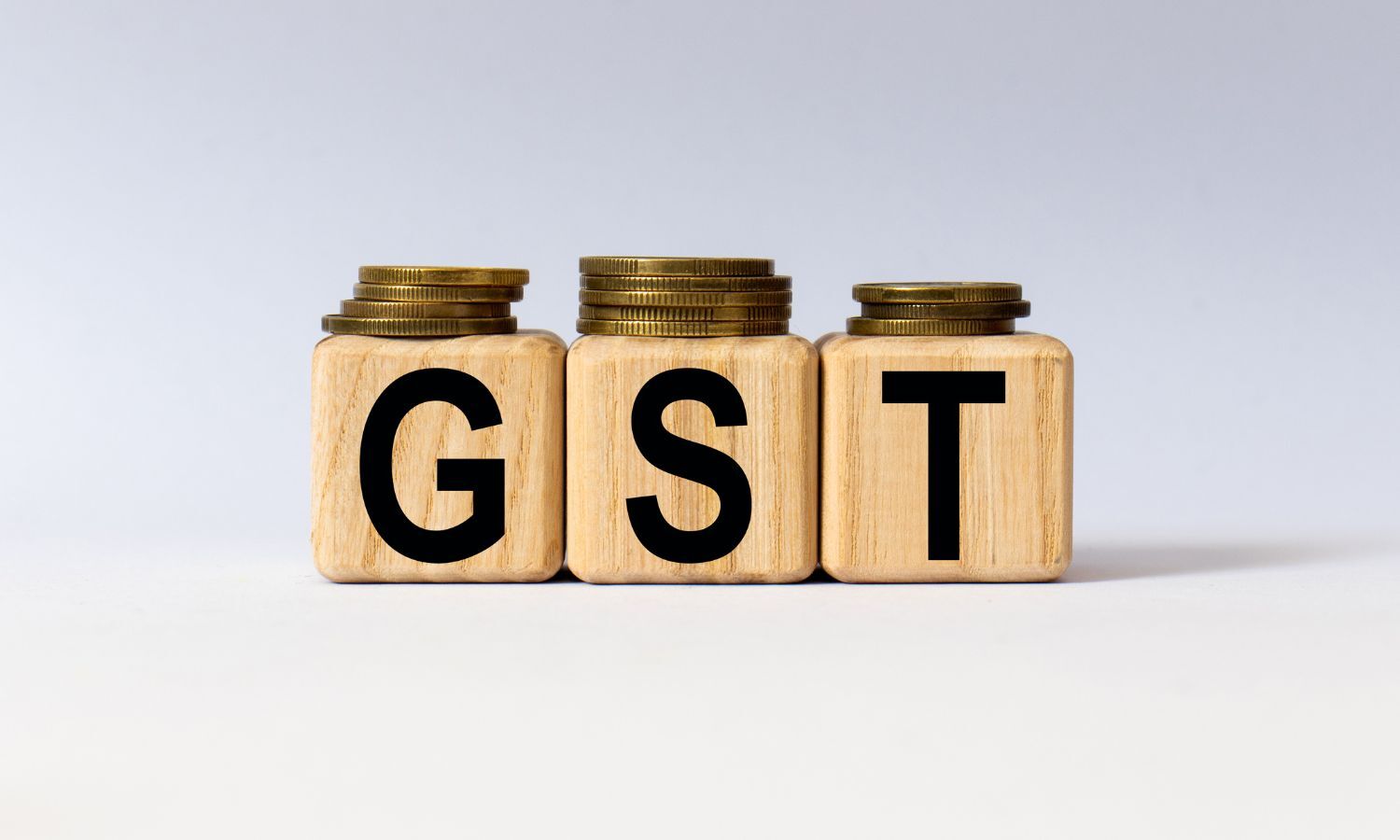
A rate cushion for compensation expiry
From all accounts, the Group of Ministers (GoM) headed by Karnataka CM Basavaraj Bommai that is tasked with looking into the rationalisation of GST rates will recommend rate changes, primarily hikes, across a range of products. The objective, clearly, would be to boost tax collections—by an additional `3 lakh crore annually—according to one report. In the process, the revenue-neutral rate (RNR) should move up closer to the 15.6% arrived at when the GST was rolled out in July, 2017; due to the several downward revisions, this rate is currently closer to 11.5%.
The Fitment Committee, comprising tax officers from states and the Centre, is believed to have come up with recommendations relating to both slab and rate changes; some items may even be taken off the exemption list, PTI reported. While the demand for merging the 12% and 18% slabs may not come through, some items are likely to be shifted to the 18% slab.
The GST Council is unlikely to object to rates being hiked when it meets next month. The fact is that the revenue compensation to the states—subject to a cap of 14%—is likely to be discontinued post June 2022 and, therefore, states are understandably concerned about revenues. To be sure, it appears that GST collections are robust and chugging along nicely—gross GST collections until October in FY22 were `8.1 lakh crore, 15.7% higher than the collections in the corresponding period in FY20. There is no doubt the economic recovery has led to buoyancy, but states perceive these levels would fall short of their needs in the absence of compensation. There is every possibility, therefore, the GST Council, will overlook the current inflationary environment.
Under the circumstances, they would prefer to play it safe and raise the rates. An increase in the GST rate means more than half the additional revenue will go the states because, in addition to their 50% they also stand to 41% of the Centre’s 50% share. The government will, of course, exhort companies to absorb the increase in the rate but, over a period of time, prices of most products tend to go up.
Currently, products and services are slotted into one of four primary slabs—5%, 12%, 18% and 28%; a cess is levied on top of the 28% on luxury and demerit goods, and there are couple of other slabs for precious metals. While the pandemic may have necessitated some of the cuts, it is time to try and correct the structure so as to be able to exploit the revenue potential of the levy by simplifying tax payments, minimising leakage and widening the net through better vigilance and compliance. Some rules like disallowing assesses from filing their e-way bills, if they do not file returns, have helped.
Major changes, such as bringing petroleum products and alcohol within the ambit of the levy, are unlikely in the near future. However, much can be done at a procedural level; experts say claiming input tax credit (ITC) is cumbersome and could be replaced by a negative list, so that tax can be claimed against all other inputs. Also, permitting businesses to avail of the ITC only after the vendor has completed the GST payment and compliance requirements has added to the workload of businesses. Again, the workload of service providers too is heavy since they need to register and file returns separately in each state where they operate; experts say they could be allowed to file consolidated returns for the states where they are registered together with aggregated tax payments; these can then be bifurcated amongst states. For the GST to achieve its full potential, processes must be simplified. Merely raising rates to boost revenues could be harmful.
Source: Financial Express






